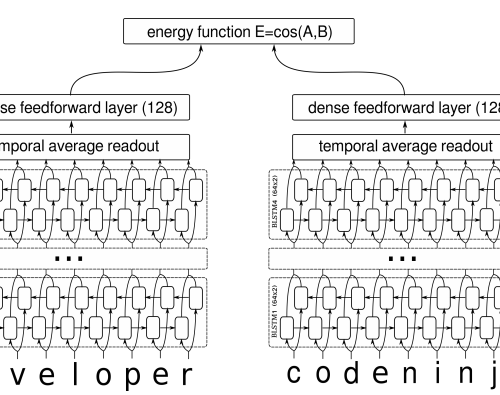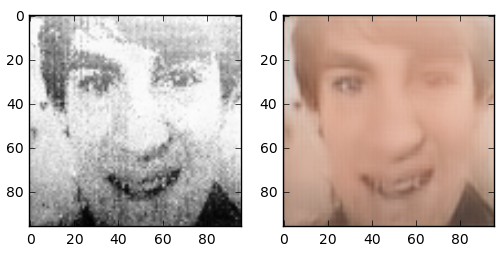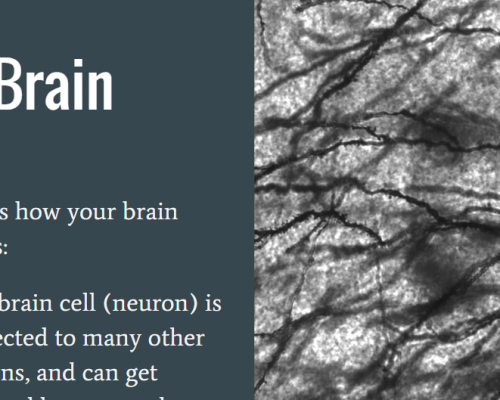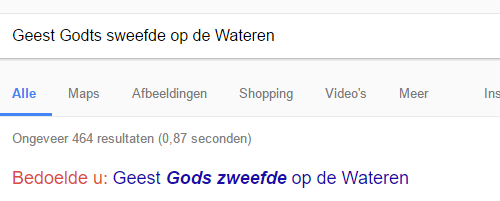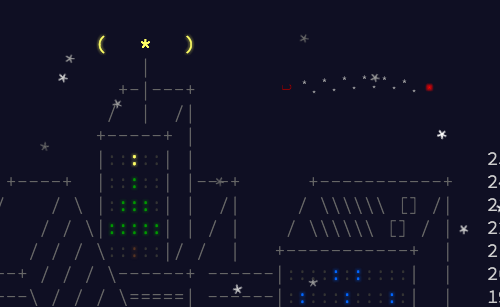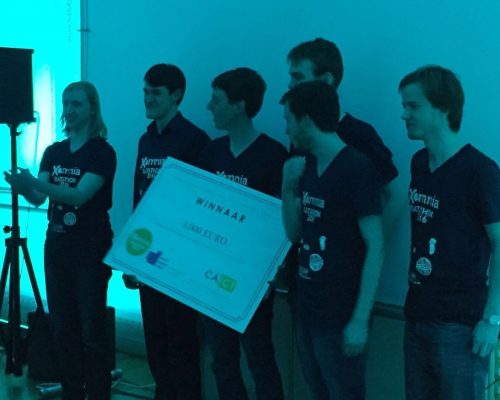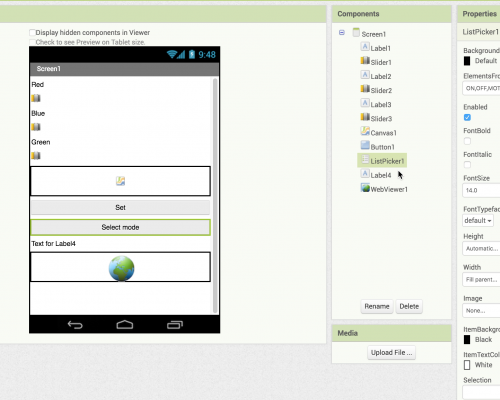On 9 and 10 February, the 2017 edition of CLIN (Computational Linguistics in the Netherlands) was held. As I work a lot with neural machine translation, automatic post editing, and translation quality estimation, this conference was very interesting to me! This post is a write-up of the most interesting talks I attended. At the moment neural methods are hot, also…
Creating photorealistic images with neural networks and a Gameboy Camera
In 1998 Nintendo released the Gameboy Camera. With this camera, it was possible to take images in a resolution of 256×224 pixels (or 0.05734 megapixels). The screen resized your image to 190×144 pixels and shows it in 4 shades of gray/green. Despite these limitations images you took are recognizable for us humans. In this post, I show my adventures in…
Explaining Neural Machine Translation to GALA members
Yesterday I presented an introduction to neural networks to GALA members: the Globalization and Localization Association. With the recent breakthrough of Neural Machine Translation (NMT) more and more people like to try this new technology. To effectively use NMT, you have to know how it works. This way you can understand what the advantages are compared to other translation methods, and…
Old spelling to new Dutch spelling with tensorflow
On February 10 2017 the 27th edition of the Computational Linguistics in the Netherlands conference will be held in Leuven. As part of this conference they organise a “shared task”. This year, this task is a competition in “translating” the bible from old Dutch to new Dutch. As a small experiment I tried to transform each word from old Dutch…
My top 3 of machine learning advancements in 2016
The year 2017 is starting tomorrow, let’s look back at what happened in machine learning last year. In this blogpost I will post my personal top 3 of developments in Artificial Intelligence this year. On place 3: beating the world champion of the game Go Last year Alpha Go beat the human champion in the game of Go. If you…
Advent of code/testing 2016
This year I participated in the “Advent of Code” challenge. Every day two small programming questions were posted on adventofcode.com that (depending on your skill) could be solved within 30 minutes to 1-2 hours. During this challenge I tried something new: test-driven development. This post is a writedown of how this went and what I learned. During the first few challenges I noticed…
Faster writing and testing machine learning applications.
Today I discovered a great thing for people with two computers (development and training). In my case, my normal work-pc is a mediocre Windows computer (company policy) that can’t handle deep learning. My learning-pc with GPU does not have a screen, and is accessed remote through a tool like Putty. This leaves you as a python programmer with three choices: use…
Looking back at my first datathon
In March last year I participated with a team of AI students in the first datathon (hackathon focussed on machine learning) in the Netherlands. The challenge during this hackathon was making the most out of data to improve sustainable fishing. In only 24 hours we went from no idea at all to a working prototype. Currently the world catches more…
Building a “Smart IoT bed”: part 3 of 5
Recently I finished a cool electronics project: internet connected lights under my bed. In five steps I will guide you from project to project, each time adding functionality to what we made. In the first two parts we tinkered with hardware and now have an internet connected device! This time we will create a user friendly interface: an Android app. Creating…
Explaining Google’s zero shot translation
Google announced that it can do a zero-shot translation from Korean to Japanese and from Japanese to Korean. They do this without ever training on these language pairs, and without first translating to another language. Most people I spoke to did not get why this was so interesting. In this post I will explain what this means, and what this…

